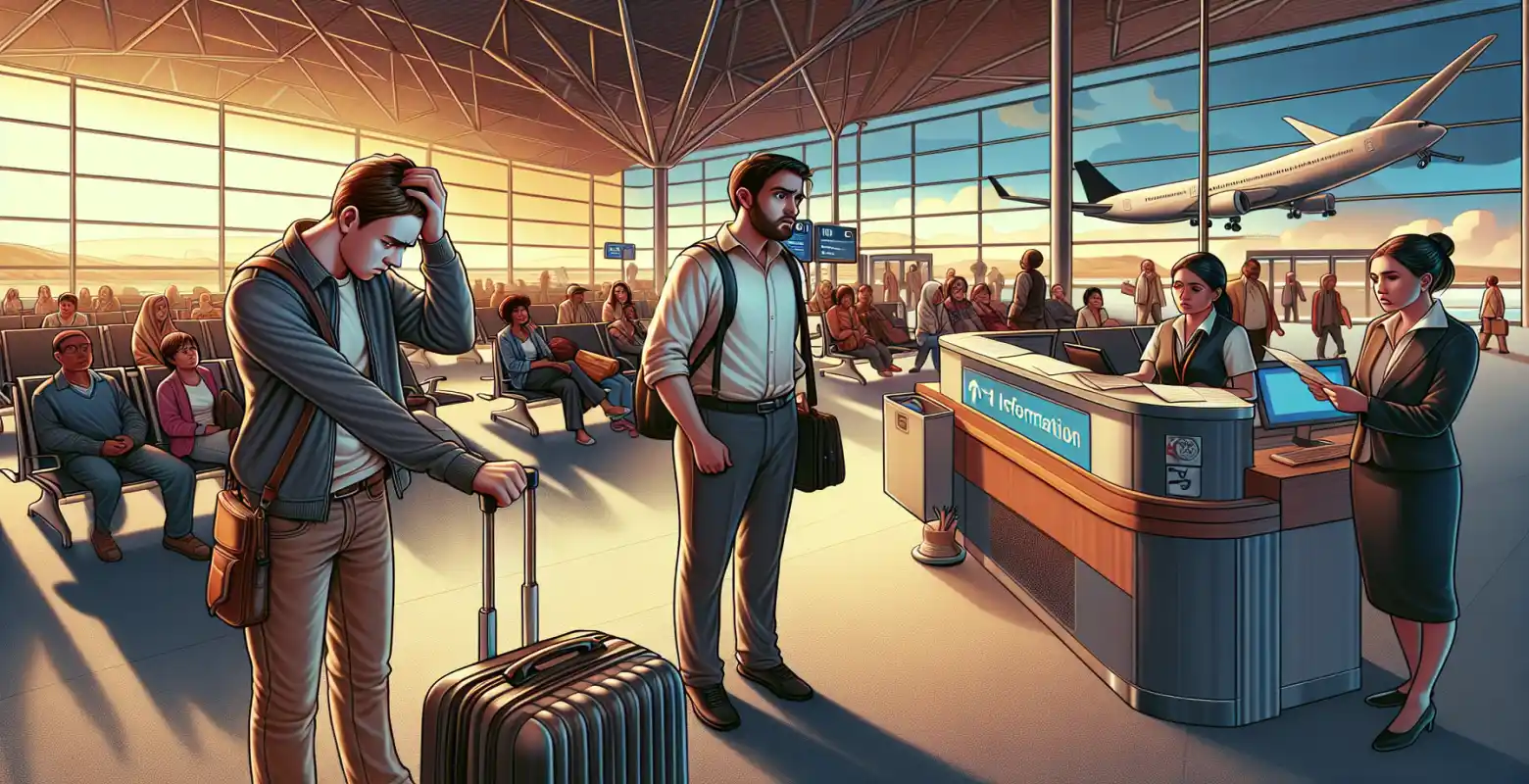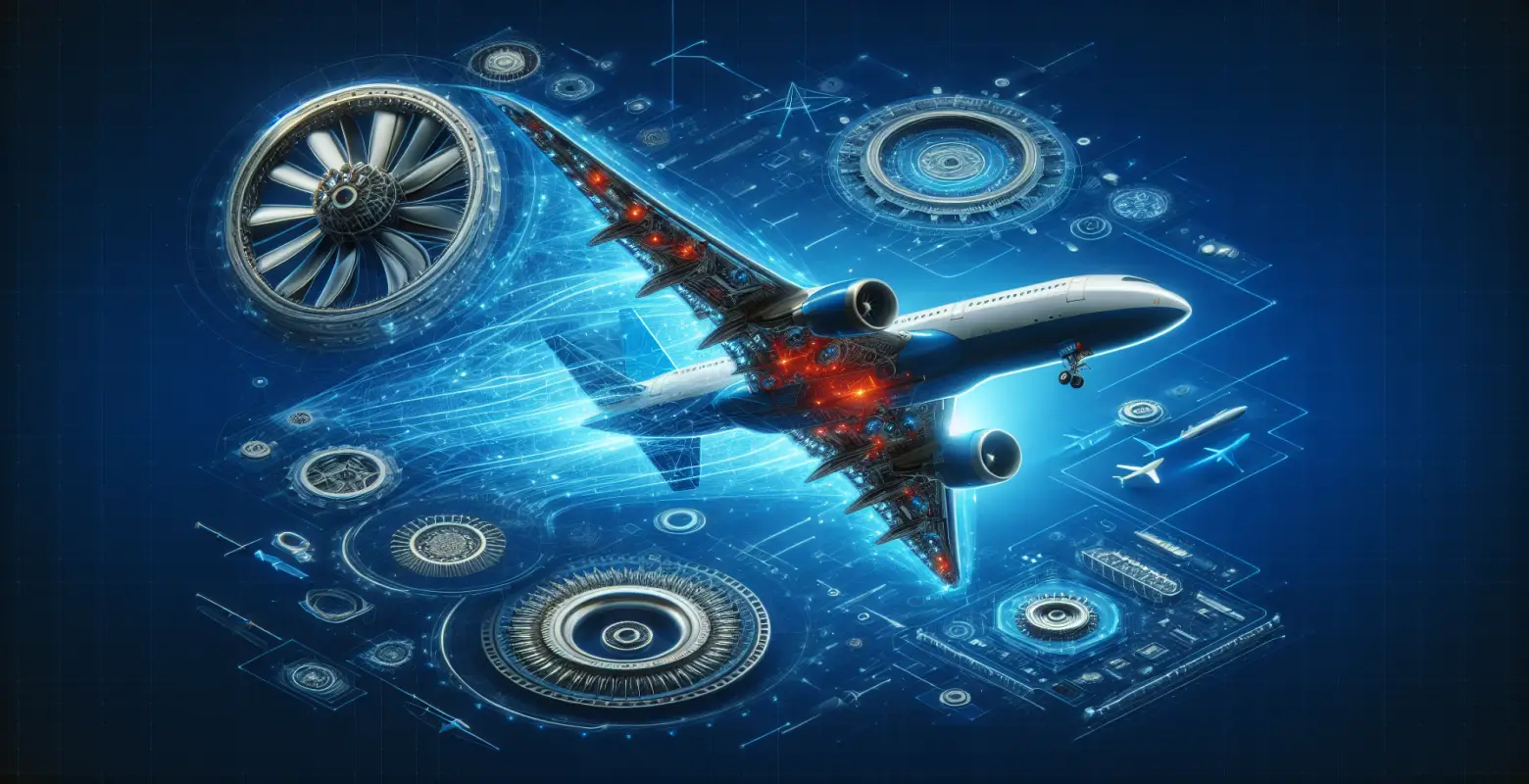Costs of maintaining a private aircraft - what is worth knowing?
Introduction
The costs of maintaining a private aircraft are becoming increasingly important in the era of growing popularity of general aviation. Owning a private plane is no longer reserved solely for the wealthiest individuals. Due to technological advancements and greater availability of various models, more and more people are considering purchasing their own aircraft. However, the decision to own a private plane is not only about the expenses of acquisition but also about the regular maintenance costs. In this article, we will take a closer look at these expenses to better understand what needs to be prepared for when planning to purchase your own "flying machine."
Purchase Cost and Financing
The first step to owning a private aircraft is its purchase. Prices can vary significantly depending on the model, age, technical condition, and additional equipment. The cheapest single-engine tourist planes can cost around $50,000, while a modern business jet can cost several million dollars.
Financing the purchase is another aspect worth considering. Many banks and financial institutions offer loans for aircraft purchases, similar to car loans. Leasing is also a popular option, allowing the use of the aircraft without the need for full ownership.
Registration Fees and Taxes
Acquiring an aircraft involves the necessity of its registration and payment of relevant taxes. Depending on the country where the aircraft is registered, these fees may vary. In Poland, registration with the Civil Aviation Authority is required, which involves certain administrative costs.
Taxes may include VAT on the purchase of the aircraft and any other local fees. It is advisable to seek advice from aviation law specialists to fully understand all tax obligations associated with aircraft ownership.
Insurance Costs
Insurance is an essential element of any aviation operation. Aircraft insurance policies cover various aspects, such as liability insurance, hull insurance, and personal accident insurance.
Insurance costs depend on various factors, including the type of aircraft, its value, pilot experience, and the extent of coverage desired. Aircraft owners should carefully analyze offers from different insurers to find the best option that suits their needs.
Maintenance and Servicing
Regular maintenance and servicing are key elements ensuring the safety and reliability of an aircraft. Every aircraft must undergo regular technical inspections according to the manufacturer's requirements and national aviation authorities.
Maintenance costs can be significant, especially for older aircraft that may require more frequent repairs. Aircraft owners must also consider the costs of spare parts and labor. Investing in professional service is worthwhile to avoid technical issues in the future.
Fuel and Other Operational Costs
Fuel is one of the main operational costs associated with aircraft operation. The price of aviation fuel may vary depending on the region and economic conditions but always constitutes a significant budget item.
Fuel costs depend on the fuel efficiency of the aircraft and the intensity of its operation. Additionally, aircraft owners must consider airport fees, handling costs, and possible navigation charges.
Crew and Training
For larger aircraft, such as business jets, hiring a professional crew may be necessary. These costs include pilot and crew salaries, as well as their training and certifications.
Training is also necessary for owners who wish to pilot their own aircraft. Obtaining a pilot's license incurs costs for courses, exams, and regular refresher training required by aviation regulations.
Challenges and Benefits of Aircraft Ownership
Owning a private aircraft entails not only financial challenges but also numerous benefits. The ability to fly according to one's own schedule, avoiding queues at airports, and travel comfort are just some of the advantages.
Challenges include managing various operational aspects and responsibility for flight safety. However, for many aviation enthusiasts, the benefits outweigh the difficulties, and owning an aircraft becomes the realization of dreams of freedom and independence.
Trends and Future of Private Aviation
Private aviation is rapidly evolving, with new technologies and business models such as aircraft sharing or air taxis opening up new possibilities. In the future, we can expect further growth in the availability of electric and hybrid aircraft, which may reduce operational costs and impact the carbon footprint of aviation.
These trends can make owning a private aircraft more environmentally friendly and economical, which will undoubtedly attract an even larger number of flying enthusiasts.
Summary
The costs of maintaining a private aircraft are significant and require careful analysis and planning. From purchase costs, through taxes, insurance, maintenance, to fuel and crew, each element requires attention and a responsible approach. Nonetheless, owning a private aircraft offers unparalleled benefits and is a dream that many choose to pursue.
The future of private aviation looks promising, and technological advancements may make it more accessible and environmentally friendly. Therefore, those interested in this topic should follow the latest trends and adjust their plans to the dynamically changing market. For those passionate about aviation, owning a private aircraft can be an investment that brings satisfaction and fulfillment.






Number of comments: 0